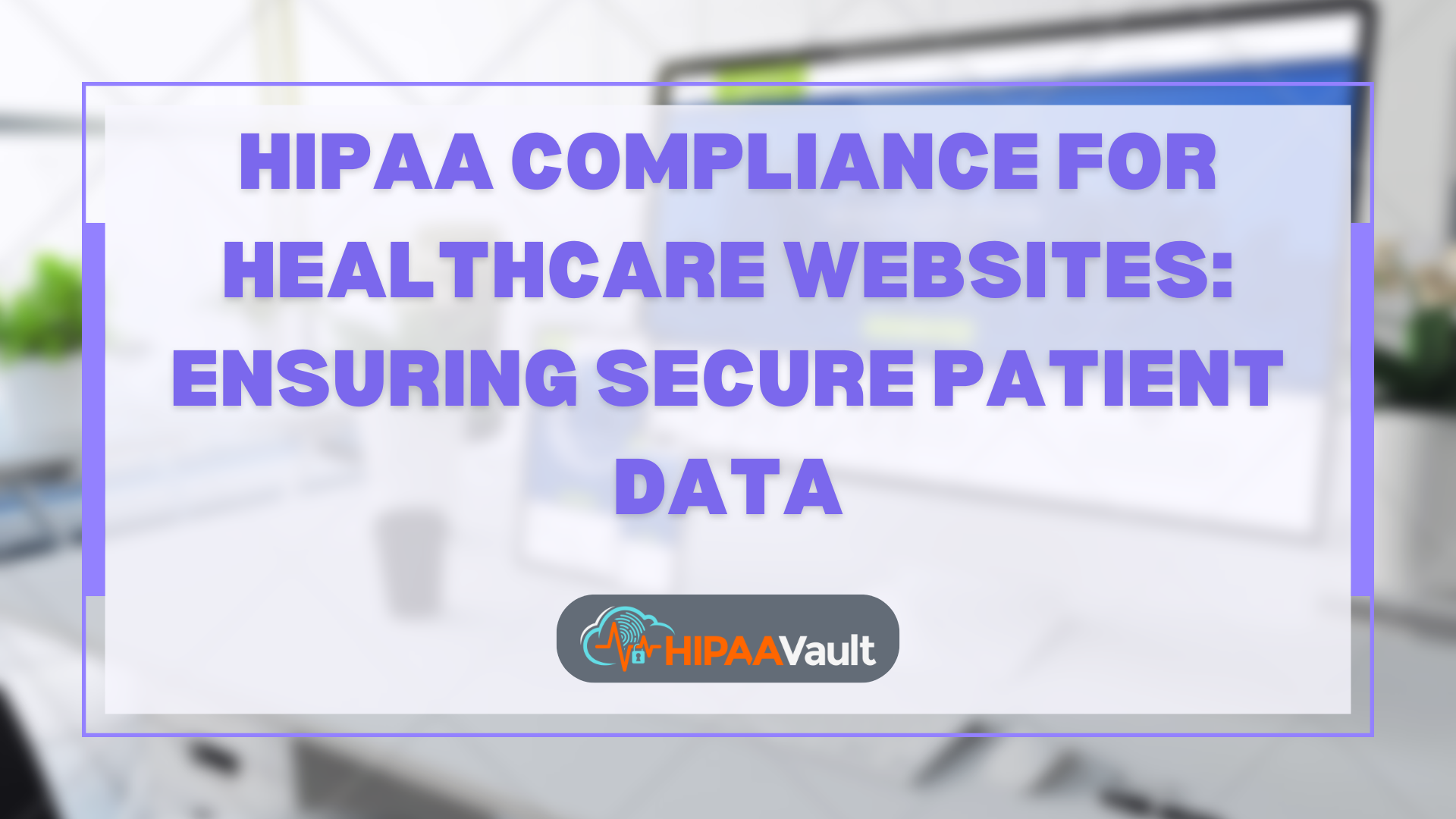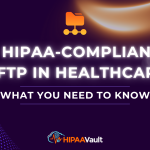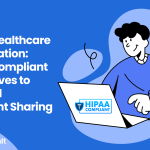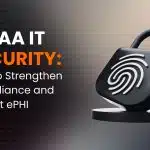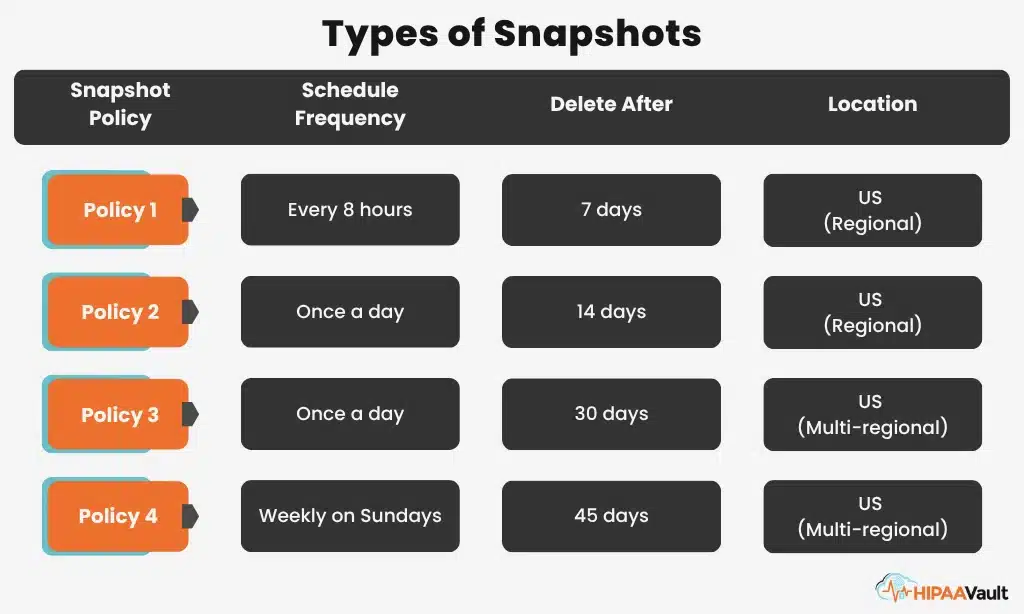Healthcare organizations increasingly rely on websites as central hubs for patient engagement—from booking appointments to hosting telehealth sessions and managing patient portals. These digital touchpoints often collect, store, or transmit protected health information (PHI), bringing them squarely under HIPAA’s Privacy and Security Rules. Ensuring your site meets these requirements is essential to avoid civil fines up to $50,000 per violation and potential criminal penalties for willful neglect (45 CFR § 164.308) and to maintain patient trust.
The Role of the Privacy and Security Rules
HIPAA’s Privacy Rule dictates how PHI—any individually identifiable health information—may be used or disclosed (45 CFR § 164.502). When your site collects patient names, insurance details, or medical histories via online forms or portals, you must obtain valid authorizations and display a clear privacy notice (https://www.hhs.gov/hipaa/for-professionals/privacy/laws-regulations/index.html). The Security Rule then requires administrative, physical, and technical safeguards—such as documented risk assessments, workforce training, encryption, and audit logging—to protect electronic PHI (45 CFR § 164.312).
Secure Your Healthcare Operations with Full HIPAA Compliance
HIPAA Vault provides end-to-end compliance services — from secure hosting to expert risk assessments and 24/7 support.
Get a Free Compliance AssessmentIdentifying PHI Touchpoints on Your Website
Not all web processes involve PHI. However, many common features do, including online patient intake forms, appointment schedulers, file uploads (such as imaging or lab results), membership or patient portal systems, and telehealth platforms. Conducting a sitewide review to pinpoint where PHI enters, moves, and resides is the first essential step in your compliance journey.
Building Administrative Controls into Your Web Operations
A robust compliance program requires documented policies and procedures tailored to your web environment. Start by conducting a risk analysis—guided by NIST SP 800‑66 Rev. 2—to identify vulnerabilities in your website’s data flows, from form submissions to database storage. Use these findings to draft policies on data retention, incident response, and vendor management. Training developers, content managers, and support staff on these procedures ensures every team member understands their role in safeguarding PHI. Formalize Business Associate Agreements (BAAs) with third-party providers—whether form builders, analytics services, or hosting platforms—to clarify security responsibilities, breach notification timelines, and audit rights.
Integrating Technical Safeguards into Your Web Infrastructure
Your website must employ encryption to protect PHI both in transit and at rest. Ensure all web traffic uses TLS 1.2 or higher, disable obsolete protocols (SSLv3, TLS 1.0), and automate certificate management to prevent expirations . Encrypt stored ePHI at rest using AES‑256 or FIPS 140‑2 validated modules to meet HIPAA’s encryption requirements (45 CFR § 164.312(e)(2)(ii)), (45 CFR § 164.312(e)(2)(ii)). Managing keys securely—separate from data—adds an additional layer of protection citeturn3search1.
Enforce least‑privilege access by giving administrators and staff only the permissions needed to perform their tasks. Require multi‑factor authentication (MFA) for all administrative and portal logins—leveraging authenticator apps, hardware tokens, or SMS-based codes—to meet the Security Rule’s unique user ID and authentication specifications (45 CFR § 164.312(a)(2)(i)). Integrating a centralized identity provider can help maintain consistent security policies across your site and patient applications.
Configure audit logging to record critical events—such as user logins, PHI access, form submissions, and file transfers—and protect these logs from tampering with write‑once storage. Forward logs to a HIPAA‑compliant SIEM for real‑time monitoring and automated alerting on anomalies like repeated failed logins or unusual data access patterns. Regularly review logs and test your alerting rules to ensure they detect potential security incidents before they escalate.
Safeguarding Physical and Environmental Controls
While much of a website’s infrastructure resides in the cloud, physical safeguards still apply. Work with hosting providers—such as HIPAA Vault’s managed hosting—to ensure data centers enforce restricted access, video surveillance, and environmental controls. For any on‑premises equipment, secure server rooms with badge access, climate monitoring, and tamper‑evident measures.
Continuous Monitoring and Incident Response
HIPAA compliance is an ongoing process, not a one‑time project. Establish a monitoring regimen that includes quarterly vulnerability assessments, annual risk re‑evaluations, and continuous log analysis. When incidents occur—whether a misconfiguration or a potential breach—your incident response plan should dictate swift containment, impact analysis, and notification workflows. Timely reporting to affected individuals and HHS’s Office for Civil Rights is mandatory when breaches of 500 or more individuals occur (45 CFR § 164.404).
Maintaining Compliance Through Regular Audits
Internal audits ensure policies and procedures remain relevant to evolving threats and technology changes. Additionally, engaging third‑party auditors annually provides an objective validation of your compliance posture. Track audit findings in a risk register, assign remediation tasks, and verify closure to demonstrate continuous improvement.
Conclusion: A Strategic Investment in Trust and Security
Transforming your healthcare website into a HIPAA‑compliant platform requires more than checkboxes—it demands a strategic blend of policy, process, and technology. By embedding risk assessments, encryption, identity management, secure coding, and rigorous monitoring into your web operations, you create a resilient environment that upholds patient privacy and builds lasting trust.
At HIPAA Vault, we specialize in delivering HIPAA‑compliant web hosting and consultative services that simplify this journey. Ready to ensure your website meets the highest compliance standards? Learn more today and let us secure your digital front door.


